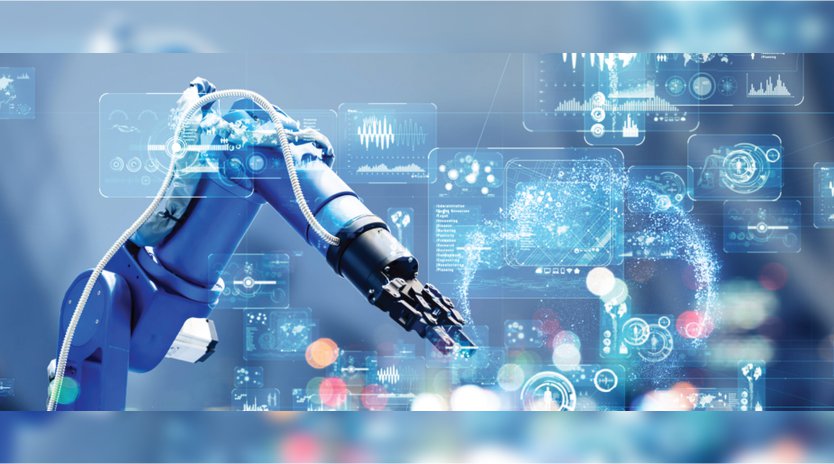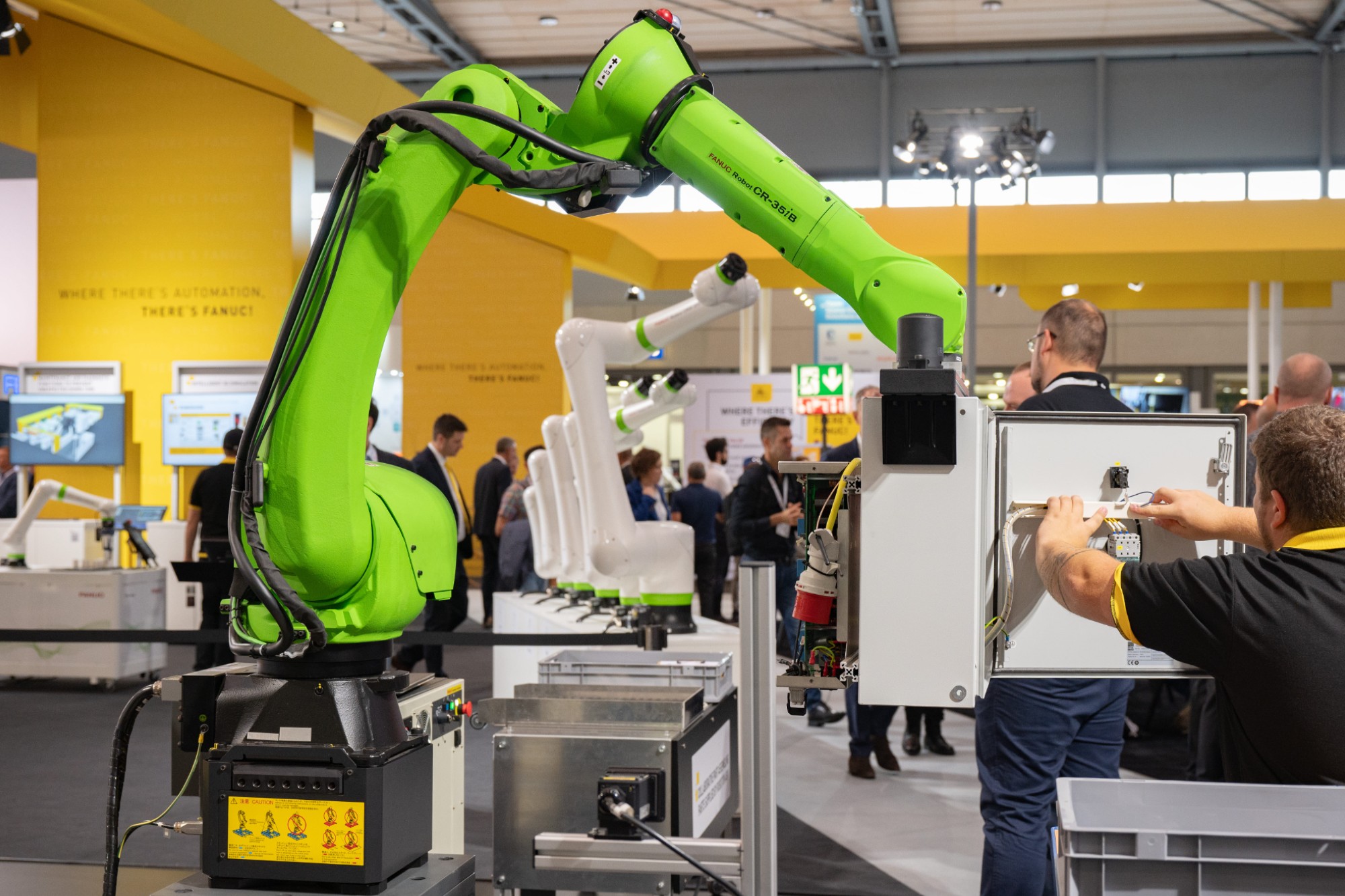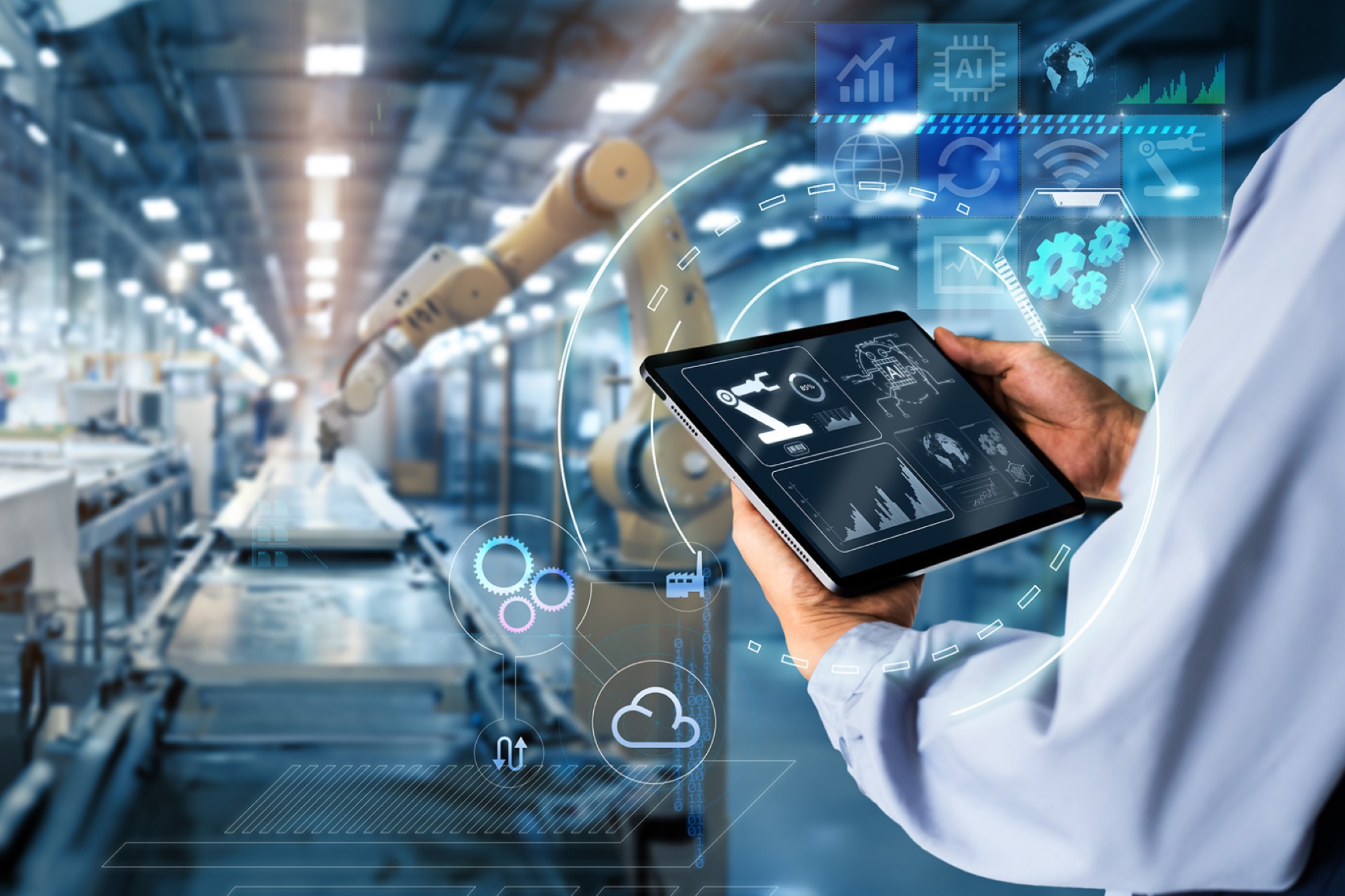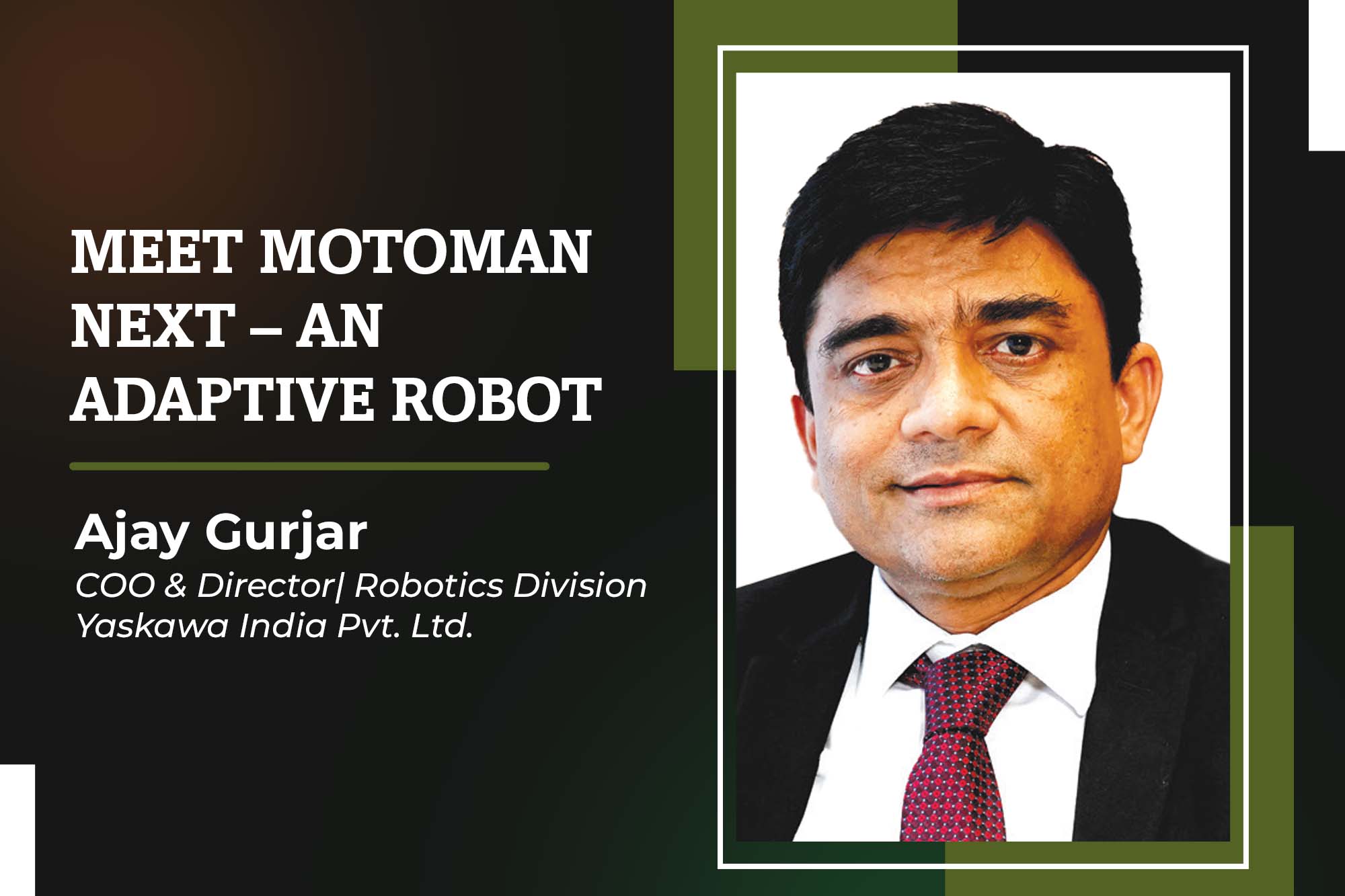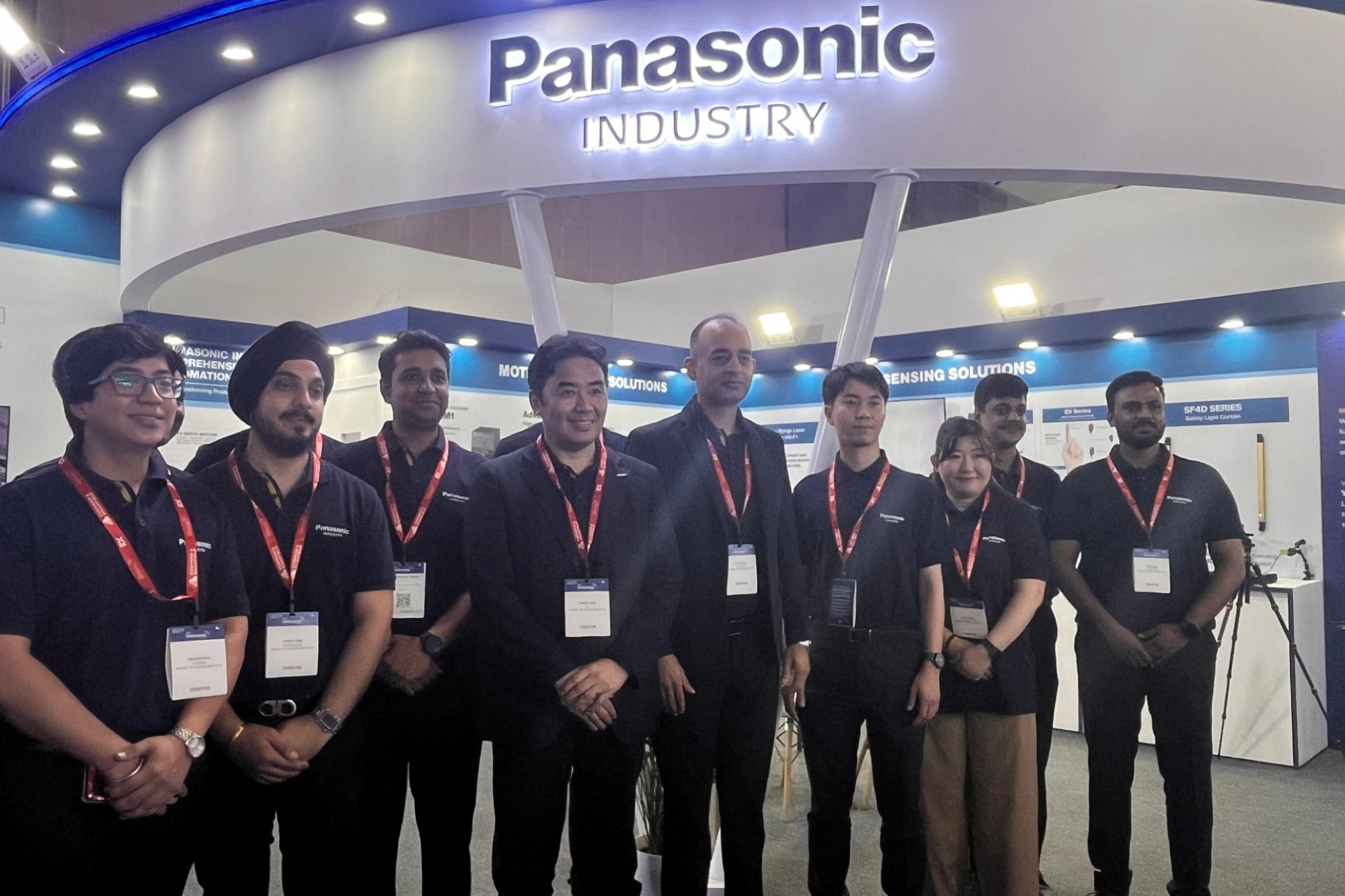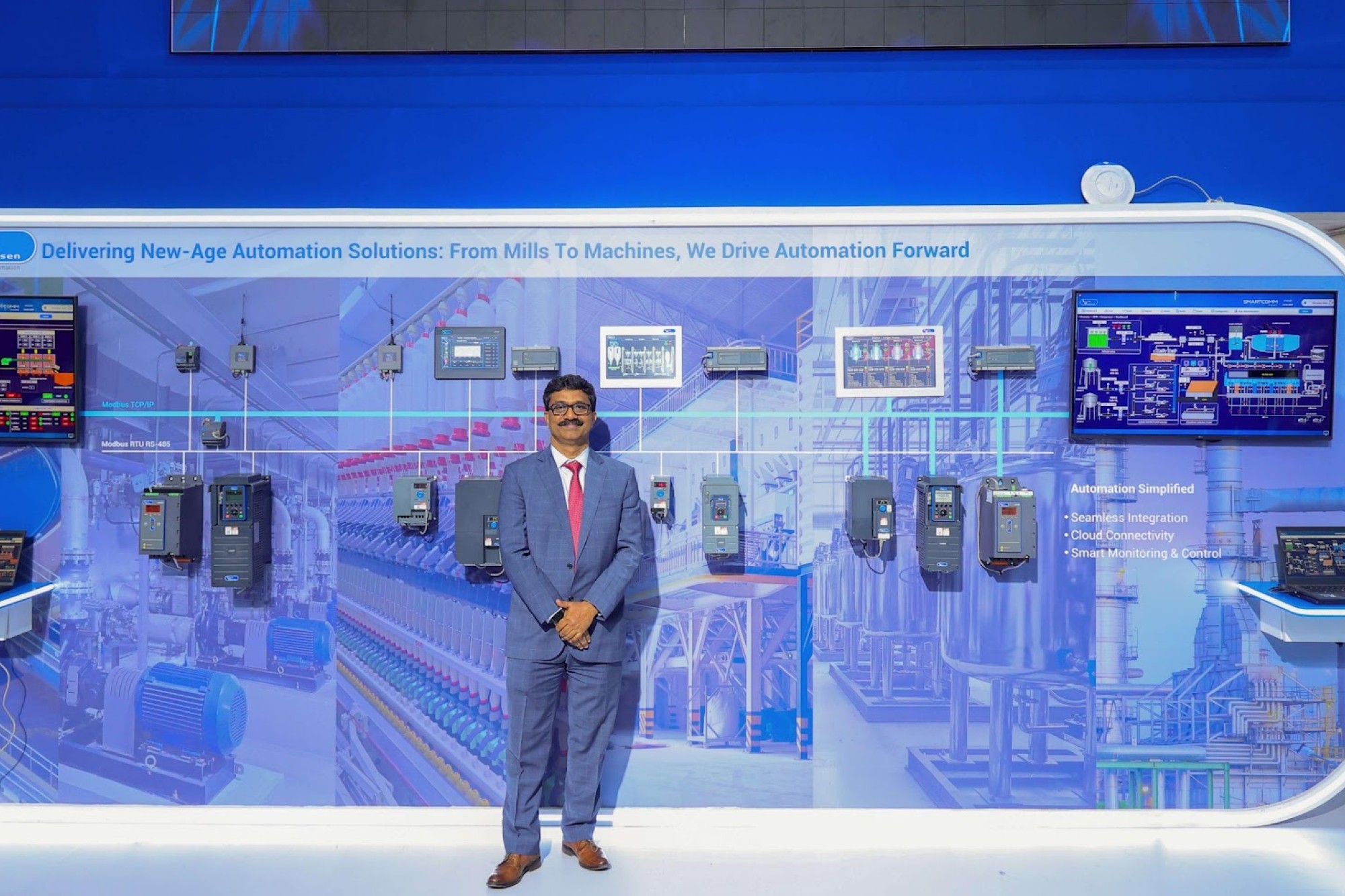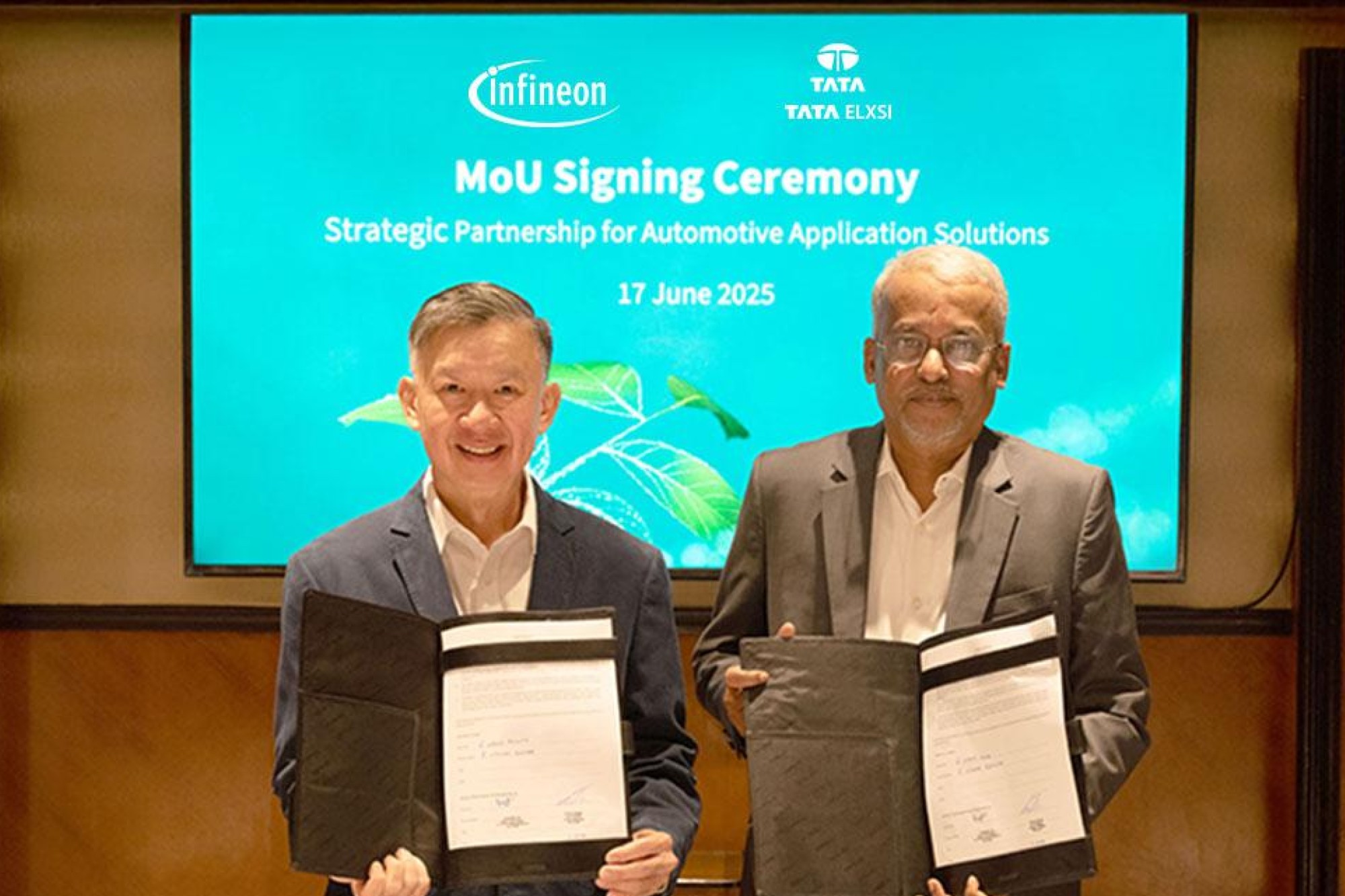Manufacturing curves with digitalisation to optimize production
By admin June 20, 2022 5:36 pm IST
In today’s digital revolution era, Industry 4.0/ 5.0 advancements – comprising nine technology pillarsarecatalysing to maximize production and expand automation in manufacturing.
Intelligent technologies and automation solutionsare on the move to interconnect industry systems.Industry 4.0, the fourth industrial revolution, ispowered by smart technologies and characterizedby the emerging use of cyber-physical systems, AI,IIoT, Machine learning, etc. The first three industrialrevolutions were powered by a disruptive newtechnology: the steam engine’s power, the assemblyline’s efficiency, and the computer’s processingspeed. They were game-changers and revolutionizedbusiness and manufacturing.All Industry 4.0/ 5.0 advancements are comprisedof 9 technology pillars: AR, Autonomous robots,Additive manufacturing, Big Data and analytics,Cloud connectivity, Cybersecurity, Horizontal andvertical system integration, IoT, Simulation, and digitaltwins. “It is an amalgamation of many technologiessuch as computational power, IoT, business analytics,advanced robotics, artificial intelligence, additivemanufacturing/ 3D printing, augmented reality,etc. Of these, additive manufacturing, autonomousrobots, digital manufacturing, industrial internet, andagile product development influence manufacturingthe most”, speaks Sameer Gandhi, ManagingDirector, OMRON Automation, India.” Industry 5.0augments Industry 4.0 by collaborating betweenhumans and robots. Industry 5.0 technology supportsworkers. With Industry 5.0, value-driven, humancentricinitiatives overlay Industry 4.0 technologicaltransformations to create an interaction betweenhumans and machines. The adoption of Industry5.0 as a complement to Industry 4.0 enhances theworkforce. AI and IoT are two technologies thatcan help speed up the transformation of the Indianmanufacturing industry by removing many stepsthat hinder the product development lifecycle. WhileIIoT enables the data collection from equipment or‘Things,’ AI can help analyze and find the best effortsto make the necessary changes.Digital adoption to optimize manufacturingIt’s a stark reality that India is aspiring to become amanufacturing hub through initiatives such as Makein India, Skill India, Start-up India, and AatmanirbharBharat. Opines Deepak Miglani, GM – IndustrialLubricants, ExxonMobil Lubricants Pvt. Ltd., addingfurther that this makes a robust market for thedevelopment of machines and robots through theintegration of human skill and AI/ML. How India hasembraced digital adoption has played a critical rolein shaping the roadmap for Industry 4.0. Elucidatingon digital technology, Ajay Gurjar, COO & Director,YASKAWA India, says, “From analytics for incisiveinsights to creating sophisticated virtual designs,the Indian manufacturing industry in the 4.0 eracan benefit from digital adoption at all stages.”Digital technology is the basis on which we caneven talk about the 4th great industrial revolution.It supercharges all aspects of manufacturing withradical improvements in speed, quality, productivity,and flexibility.
Cookie Consent
We use cookies to personalize your experience. By continuing to visit this website you agree to our Terms & Conditions, Privacy Policy and Cookie Policy.




